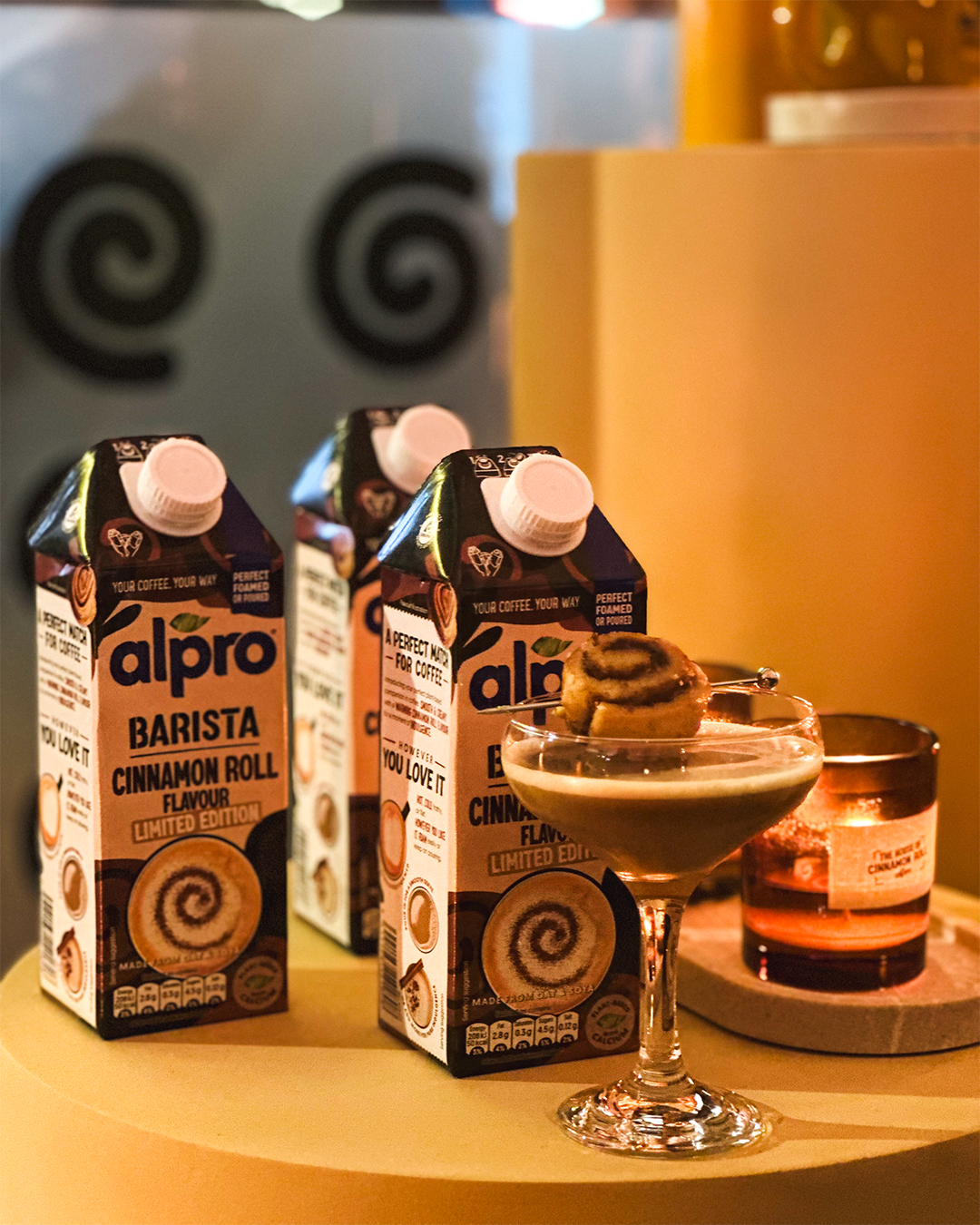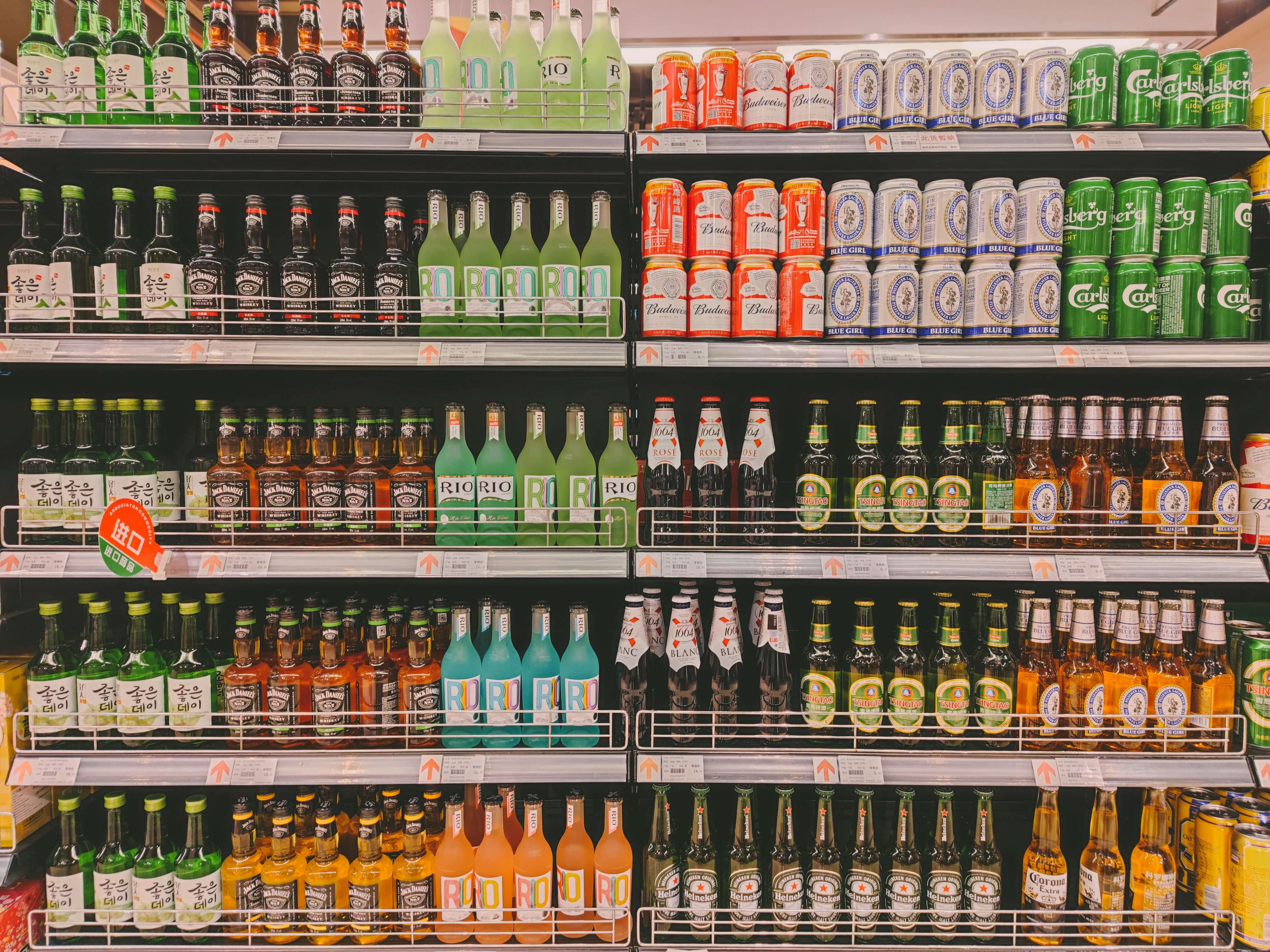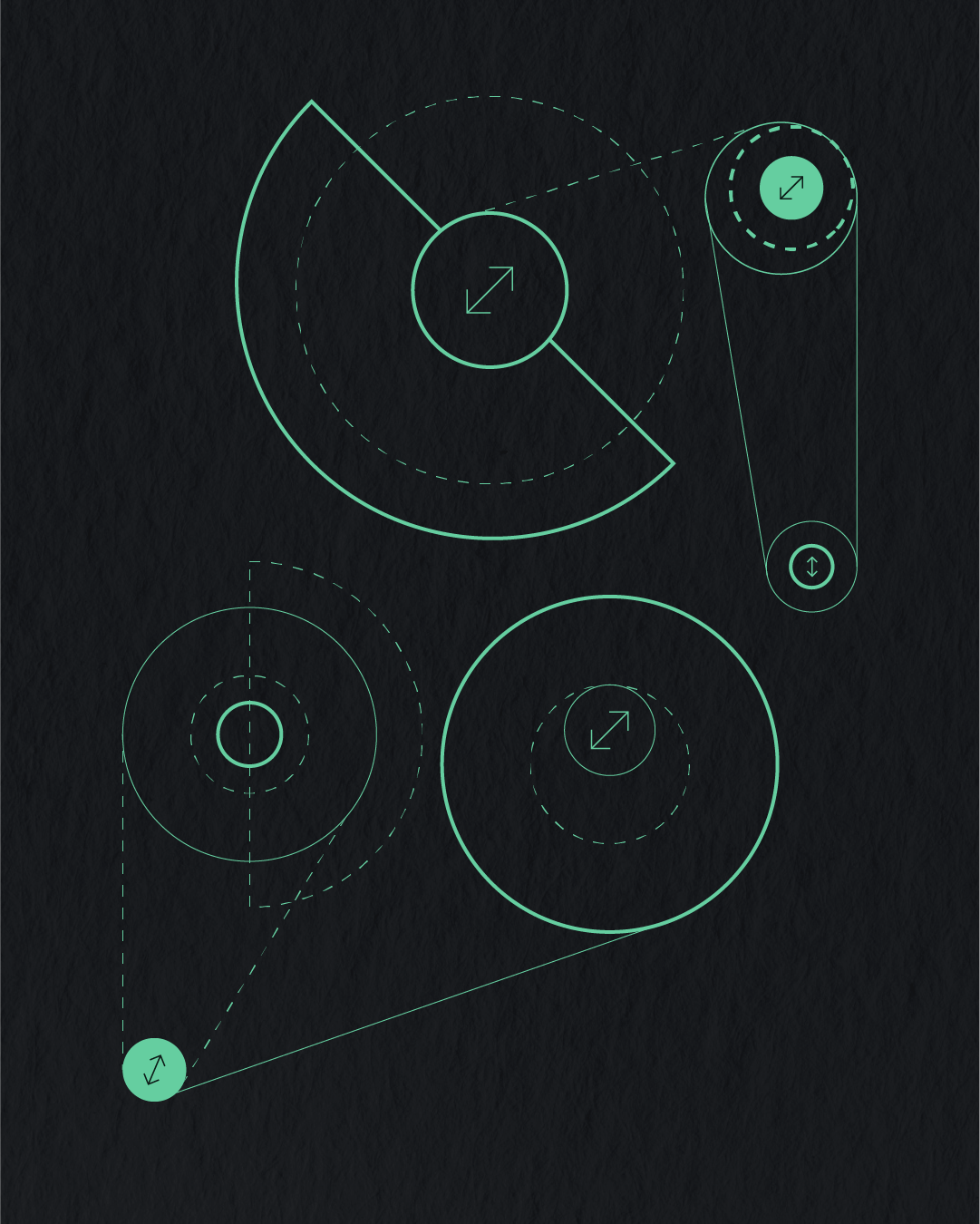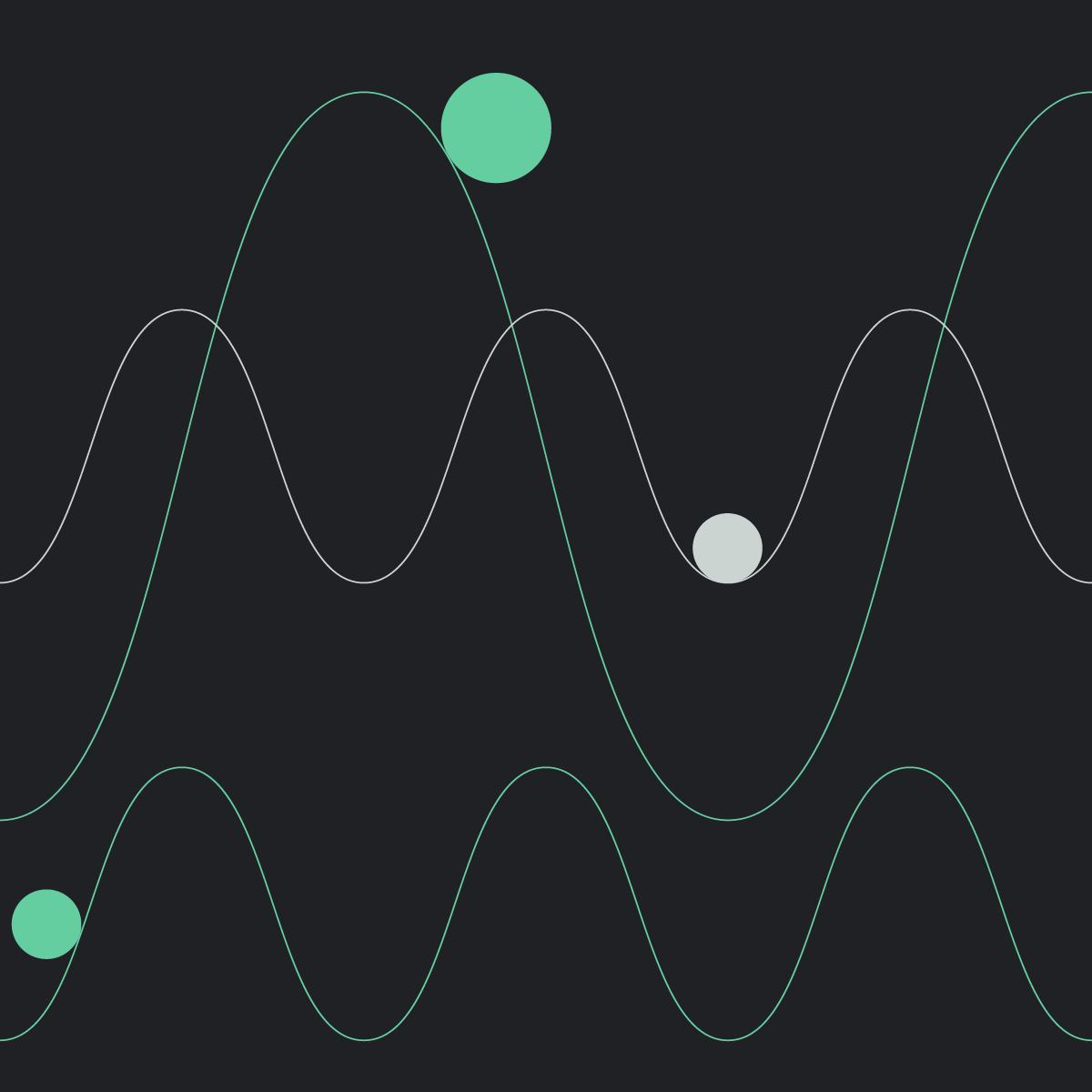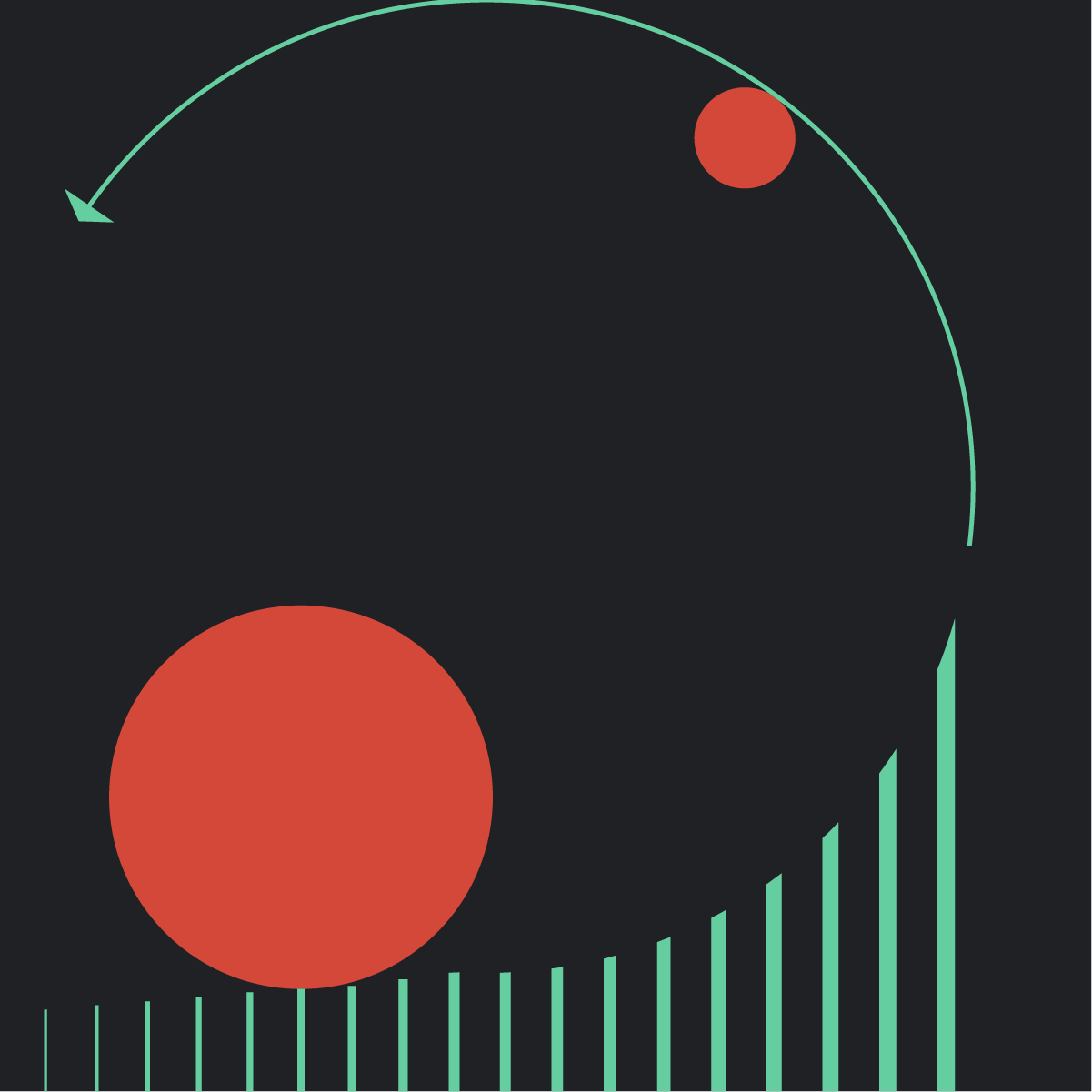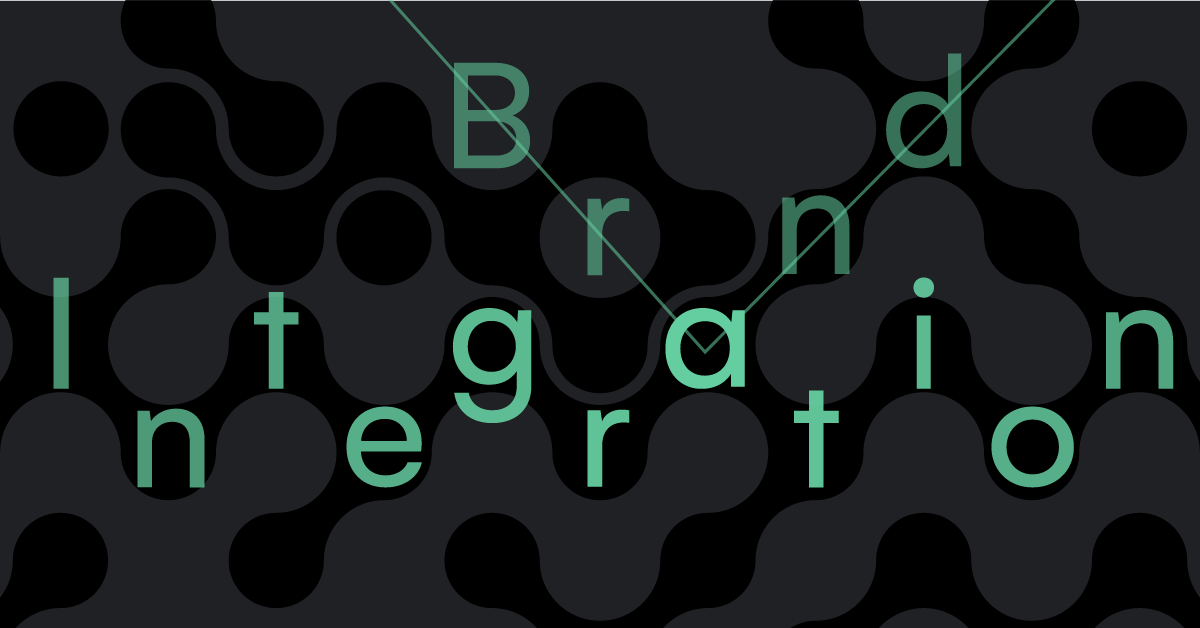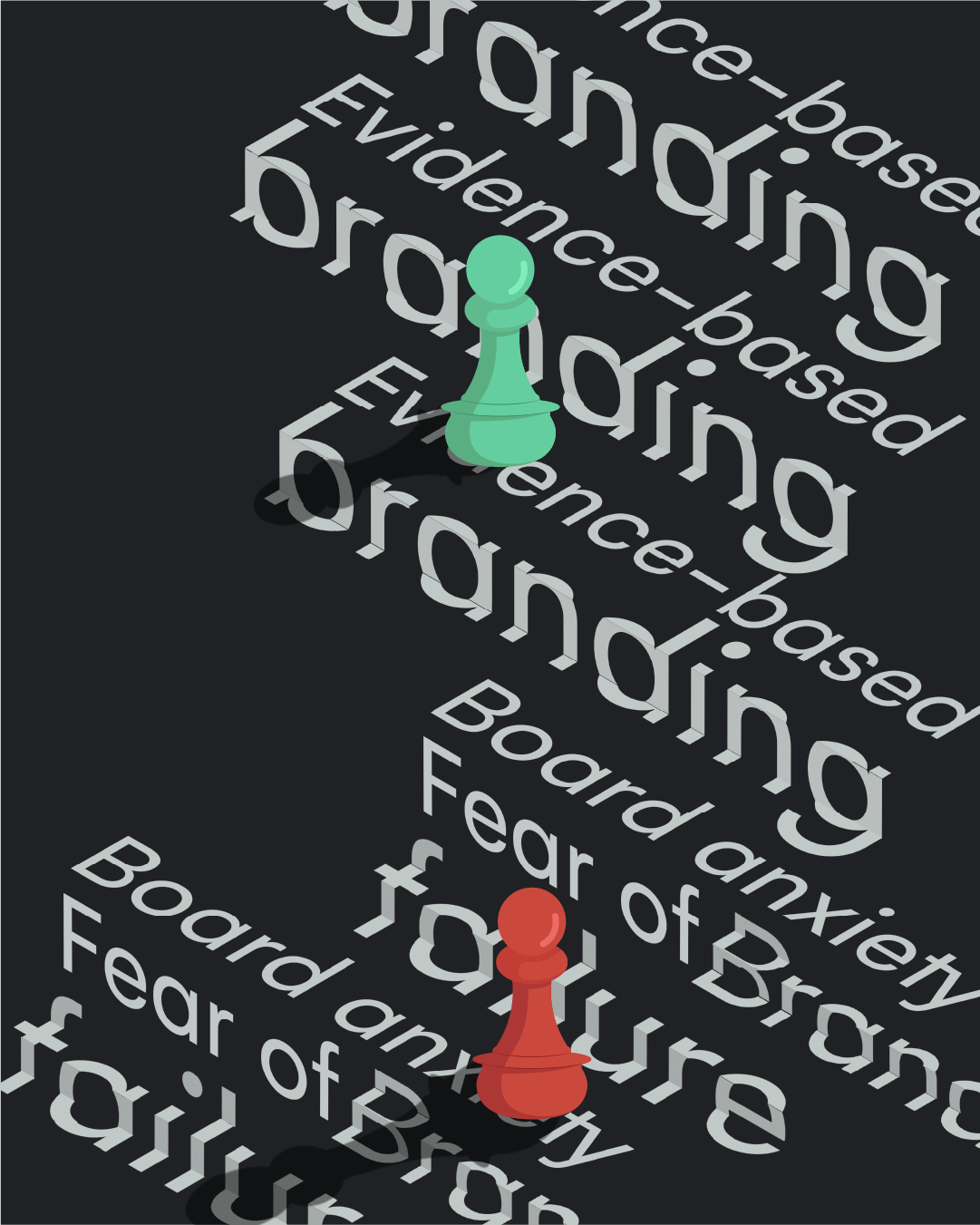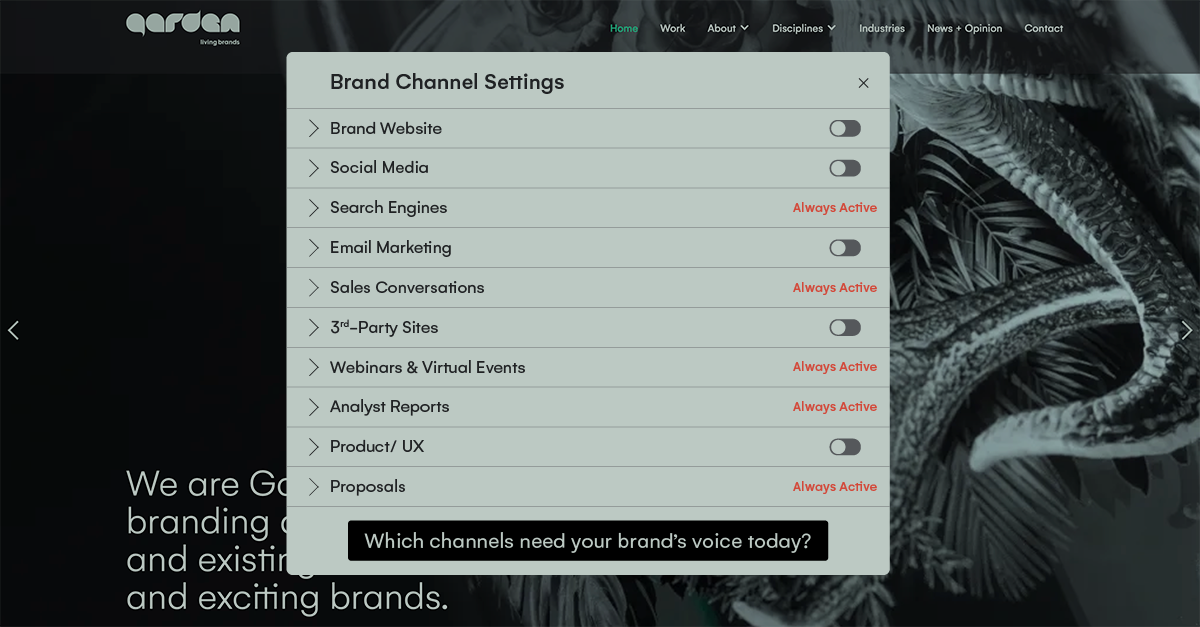What is brand salience? A guide to building memorable brands
Think about the last time you needed a tissue. Did you ask for a ‘tissue’ or a ‘Kleenex’? Or when you looked for something online, did you ‘search’ or did you ‘Google’ it?
These moments capture the essence of brand salience. In simple terms, brand salience is the likelihood of your brand being thought of or noticed in a buying situation. It is the brand that surfaces in a customer's mind, seemingly without effort, right when they need something you offer.
Many businesses confuse brand salience with brand awareness. Brand awareness is about being known, but brand salience is about being chosen. It is a more strategic and business-critical goal. This guide explains the difference between salience and awareness, why salience is a competitive advantage, how to measure it, and actionable strategies to build it.
Brand salience vs brand awareness
To understand the power of salience, it is important to distinguish it from brand awareness. While related, they play different roles in a customer's journey from consideration to purchase.
What is brand awareness?
Brand awareness is the extent to which consumers can recall or recognise a brand. It is the first step and a prerequisite for any further engagement. Awareness means that people know your brand exists, but it does not necessarily stand out for any particular reason. It is a passive state, typically measured through metrics like aided or unaided brand recall surveys, social media mentions, and web traffic.
What is brand salience?
Summary: Brand salience is the degree to which your brand comes to mind in a specific buying occasion, also known as a 'category entry point' (CEP).
It is about being relevant at the moment a customer is ready to buy. Salience means your brand is intrinsically linked to a specific need. It is an active, contextual state that is directly tied to the triggers that lead to a purchase. While awareness is being a face in the crowd, salience is being the first person someone thinks of when they need help.
Why brand salience is a competitive advantage
Building a salient brand is a powerful business strategy that generates tangible returns and provides a significant competitive advantage.
It drives market share and penetration
Research from institutions like the Ehrenberg-Bass Institute shows that brands primarily grow by increasing penetration - reaching more buyers. High salience is the engine of this growth. When a brand achieves strong 'mental availability', it becomes easier for a consumer to access it from memory. The easier a brand is to think of, the more likely it is to be purchased, leading directly to an increase in market share.
It creates pricing power and reduces price sensitivity
When a brand becomes the default, first-choice option in a customer's mind, price becomes a less critical factor in their decision-making process. For example, Apple is a salient choice for "a premium, easy-to-use smartphone," which allows it to command a premium price. This cognitive shortcut reduces the need for consumers to compare prices and features, giving the salient brand significant pricing power.
It builds a moat against competitors
Salience creates a powerful cognitive bias. Consumers rarely evaluate all available options before making a choice; they rely on mental shortcuts and often choose the first brand that comes to mind that feels 'good enough'. This creates a protective moat around your business. If you own the key buying moments in the consumer's mind, it becomes incredibly difficult for competitors to break into their consideration set.
The psychology of salience and memory
To build salience effectively, you need to understand how it works on a psychological level. It is not about shouting the loudest; it is about intelligently building pathways in the consumer's memory. Salience is created when a brand's assets are strongly linked to category entry points.
Understanding category entry points (CEPs)
Category entry points are the cues buyers use to access a category from memory. These cues can be feelings, situations, tasks, or times of day - anything that triggers the thought of a product or service. The goal is to build strong links between your brand and these CEPs.
Examples of CEPs include:
- For a coffee brand: "I'm tired in the morning" (CEP) -> Starbucks (Salient brand).
- For B2B software: "We need to improve team collaboration" (CEP) -> Slack/Asana (Salient brand).
- For a chocolate bar: "I need a quick break" (CEP) -> Kit Kat (Salient brand).
A successful brand does not just exist; it owns these moments.
Building and refreshing memory structures
Brand assets are the building blocks of memory. Your logo, colours, slogans, jingles, and tone of voice are the sensory hooks that help consumers remember you. The core task of marketing is to create and refresh strong, fresh links between these distinctive assets and your chosen CEPs. For instance, Geico linked the CEP of "saving money on car insurance" with its gecko mascot, a highly distinctive brand asset, creating an automatic mental shortcut for millions.
The role of distinctiveness over differentiation
Salience is built primarily through being recognisably distinct, not necessarily by claiming to be functionally different or better. While product performance matters, consumers first need to notice and remember you. This is achieved through consistent branding that stands out from the clutter and is easy for the brain to process. As Professor Byron Sharp notes in How Brands Grow, marketers should seek "meaningless distinctiveness" - branding that is easy to recognise and recall is paramount.
How to measure brand salience
To improve your brand salience, you need a practical framework for measuring it. This involves both quantitative and qualitative methods to track your performance against competitors.
Quantitative measurement
Quantitative methods focus on tracking top-of-mind awareness and search behaviour.
- Category-cued recall surveys: This is the most direct way to measure salience. Instead of asking "What brands of [product category] do you know?", you ask, "When you think of [product category], what is the first brand that comes to mind?". The percentage of people who name your brand first is a core salience metric.
- Branded search volume and trends: A rise in people searching directly for your brand name, rather than generic category keywords, is a powerful indicator of growing salience. Tools like Google Trends can track this and compare your branded search interest directly against competitors.
Qualitative measurement
Qualitative research helps you understand the 'why' behind the numbers by uncovering the mental associations people have with your brand. This can be done through customer interviews, focus groups, and analysis of reviews.
Ask questions designed to reveal CEPs:
- "Tell me about the last time you bought [product category]. What was the situation?"
- "What brands did you consider, even for a moment?"
- "What was happening in your day that made you think about needing [product category]?"
This research helps you identify the real-world CEPs your customers use.
Key success factors
- Build honest, authentic brand expressions
- Own specific category entry points that matter to your audience
- Create emotional connections through imaginative storytelling
- Measure and adapt through constant collaboration
- Develop distinctive assets that reflect your true brand character
Competitive benchmarking
Salience is always relative. It is critical to measure your salience in relation to your key competitors. This involves tracking their share of voice, analysing their branded search trends, and including them in your recall surveys to benchmark your performance.
The key components of brand salience
1. Mental availability and memory structures
Mental availability refers to how easily consumers can think of your brand across different buying situations. This isn't about physical availability in stores – it's about establishing robust memory structures that connect your brand to various purchase occasions. When a consumer needs a product in your category, these memory structures determine whether your brand comes to mind.
2. Category entry points
Category entry points (CEPs) are the moments, needs, or situations that trigger consumers to think about your product category. For a soft drink brand, CEPs might include feeling thirsty, needing an energy boost, or wanting a mixer for spirits. Understanding and owning these entry points is crucial for building brand salience.
3. Distinctive brand assets
These are the unique elements that make your brand instantly recognisable – your visual identity, sonic branding, taglines, and distinctive patterns of communication. Think of McDonald's golden arches or Intel's sonic logo. The key is consistency: these assets become mental shortcuts for consumers, triggering brand recognition across different contexts.
4. Consumer touchpoints and recognition
Every interaction between your brand and consumers offers an opportunity to strengthen salience. From packaging design to social media presence, each touchpoint should reinforce your distinctive assets and strengthen mental availability. The most effective brands maintain consistency while adapting to different channels and contexts.
5. Emotional connections and brand perception
Brands with high salience often forge strong emotional connections with consumers. These emotional links create deeper, more resilient memory structures that make your brand more likely to be recalled in relevant situations. When we build the loveable, we're actually creating powerful psychological anchors that enhance brand salience.
Five strategies for building brand salience
Building a salient brand is a long-term strategic commitment. These five strategies form the bedrock of this work.
1. Identify and own your category entry points (CEPs)
You cannot be everything to everyone. First, research and map out all potential situations, needs, and moments when a customer might think of your category. Then, make a strategic choice about which of these CEPs you can realistically and relevantly own. Prioritise the moments where you can be the most dominant choice and focus your marketing efforts on building that connection.
2. Develop distinctive and consistent brand assets
Your brand identity is your memory-building toolkit. Invest in creating truly distinctive assets - a unique logo, a memorable colour palette, a consistent tone of voice, or even sonic branding. Then, apply them with relentless consistency across every touchpoint. Coca-Cola’s consistent use of red, the script font, and the iconic contour bottle shape makes it instantly recognisable and easy to recall.
3. Use broad-reach creative campaigns
To build broad memory structures, you need to reach all potential category buyers, not just a niche target audience. Salience is a numbers game. Your creative campaigns should be designed to be emotionally resonant and memorable, all while clearly linking your distinctive brand assets to your target CEPs.
4. Ensure physical and digital availability
Mental availability is useless if it is not matched by physical or digital availability. If a customer thinks of you but cannot find you, the sale is lost. This means ensuring strong distribution, a prominent shelf presence, an easy-to-find website with excellent SEO for relevant terms, and a strategic presence on the right social and retail platforms. You have to be easy to think of and easy to buy.
5. Refresh and reinforce, don't rebrand
Many companies get tired of their branding long before their customers do. Frequent, drastic rebranding can destroy decades of valuable memory structures. Instead of starting over, embrace 'fresh consistency'. This involves modernising your brand to keep it relevant without abandoning the core distinctive assets that people recognise. Google’s logo has evolved subtly over the years to stay modern, but it has never lost its core colourful, playful identity.
The role of a brand consultancy in building salience
Translating these principles into a cohesive, effective strategy can benefit from expert and objective guidance. A brand consultancy can be a valuable partner in moving beyond vague notions of awareness to build measurable salience.
Strategic discovery and CEP mapping
A brand consultancy can conduct the deep qualitative and quantitative research needed to uncover the most valuable and underserved CEPs in a market. This involves analysing consumer behaviour, competitive landscapes, and cultural trends to identify strategic opportunities.
Creating cohesive brand systems
Consultancies can engineer brand assets - from visual identity to messaging - that are not just visually appealing but are psychologically optimised to build memory, stand out, and connect with specific CEPs.
Ensuring long-term consistency
Building salience is a long-term commitment. Brand experts can help establish the brand guidelines and strategic governance needed to ensure every marketing campaign and customer interaction cumulatively builds salience rather than diluting it over time.
Final word: Long-term considerations
Our brand consultants know that brand salience grows over time through nurturing and care. While tactical campaigns might deliver quick sprouts of recognition, true brand salience flourishes through sustained, strategic brand building that plants deep roots in consumers' minds. Reach out if you'd like to chat!
By focusing on these elements with creativity and authenticity, brands can build the mental availability that transforms market presence into market leadership. After all, in the crowded marketplace of consumer choice, being loveable is just as important as being memorable.




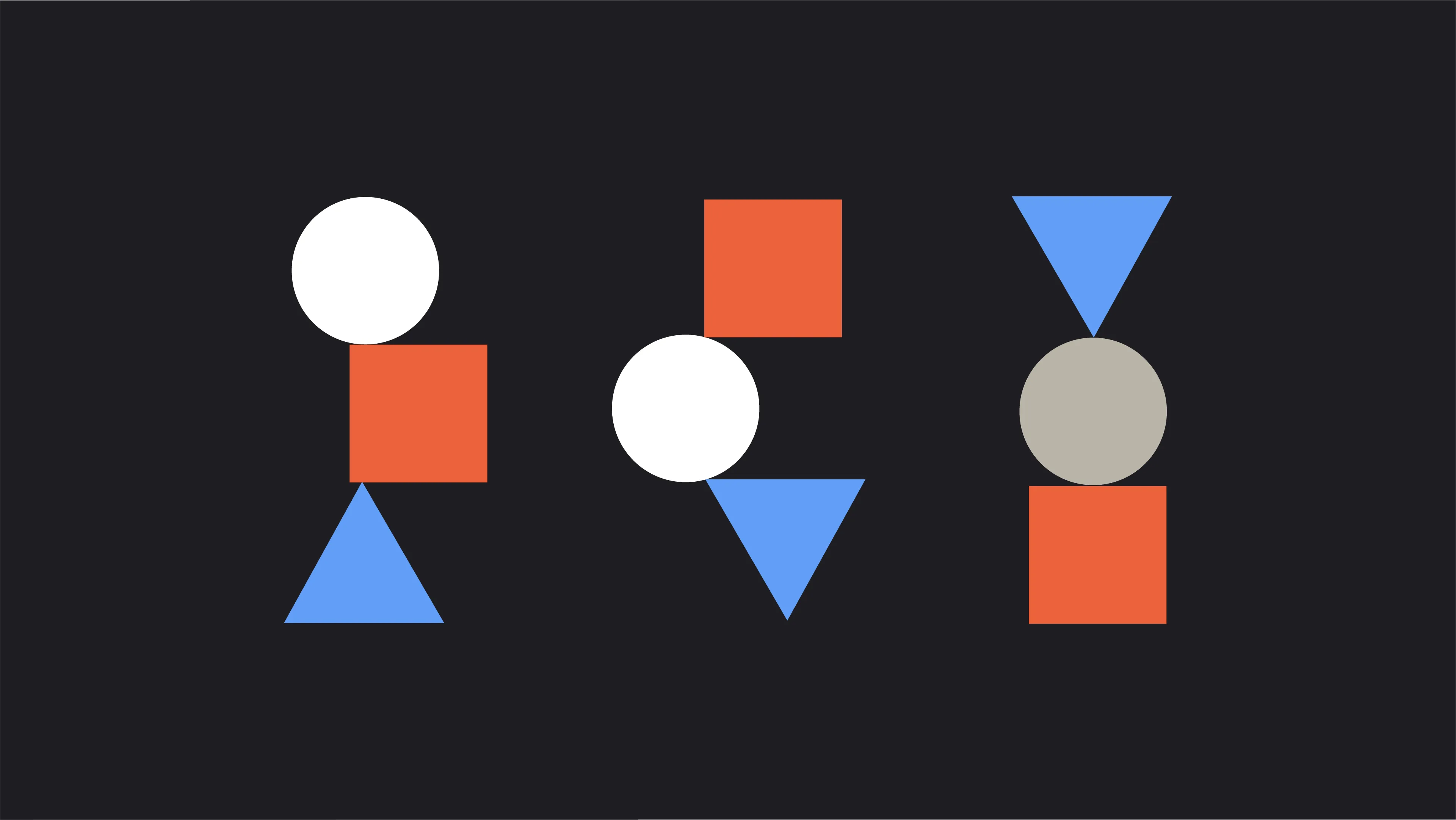



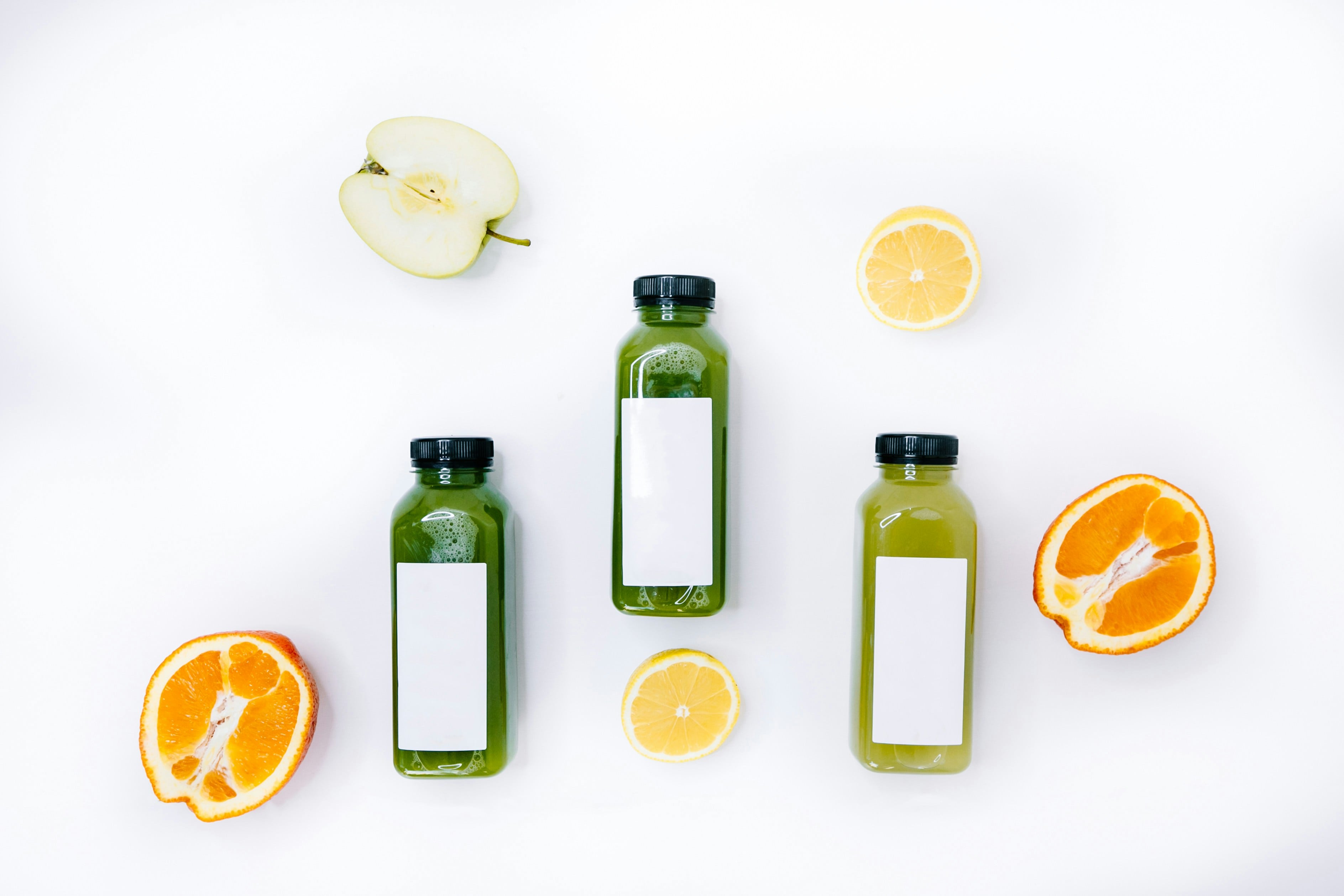


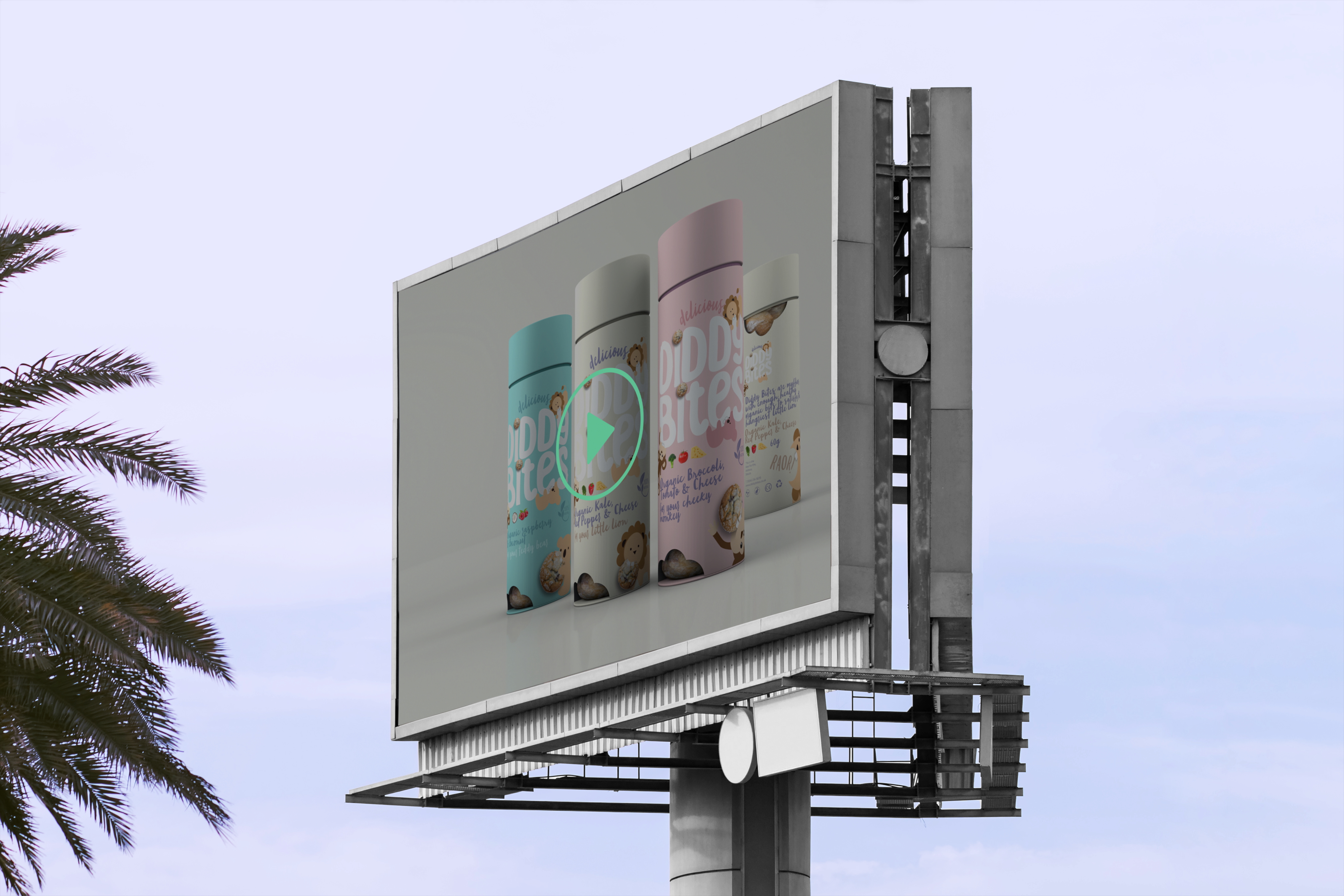





.jpg)
